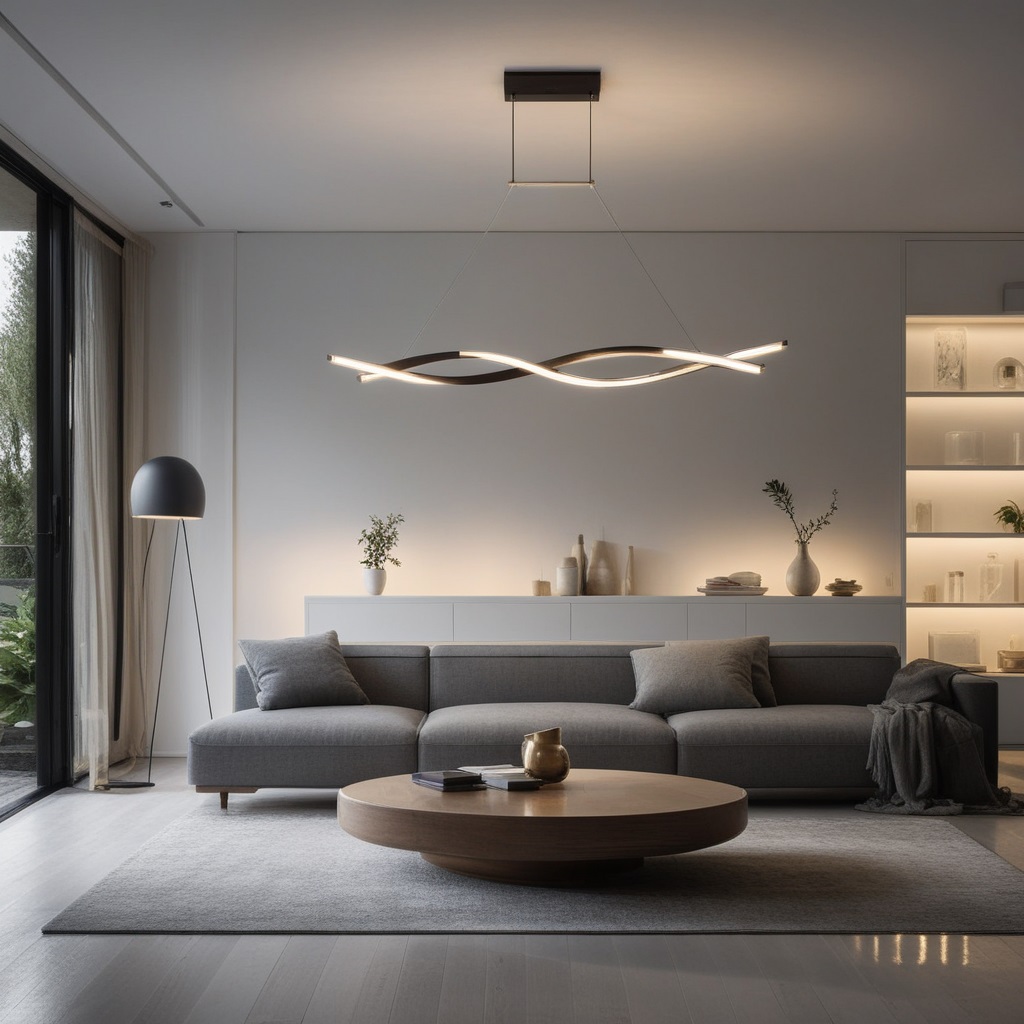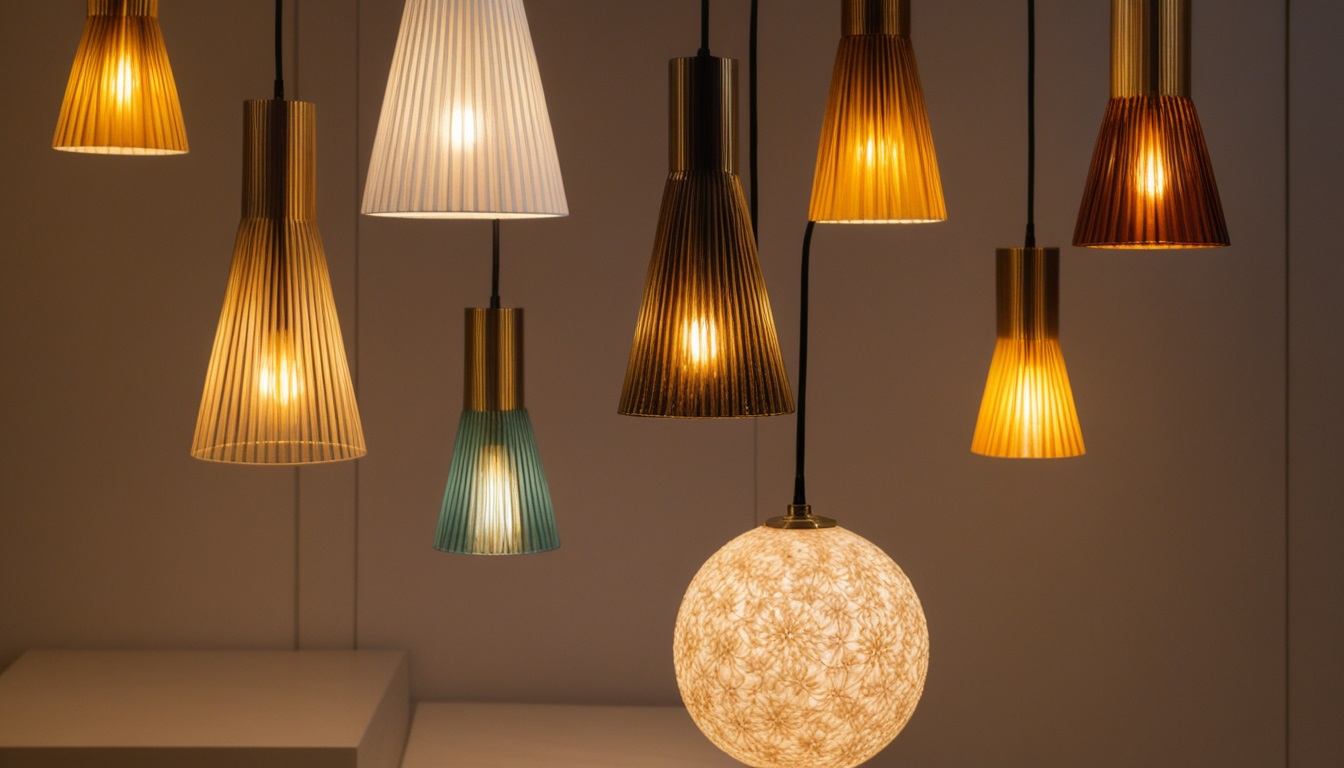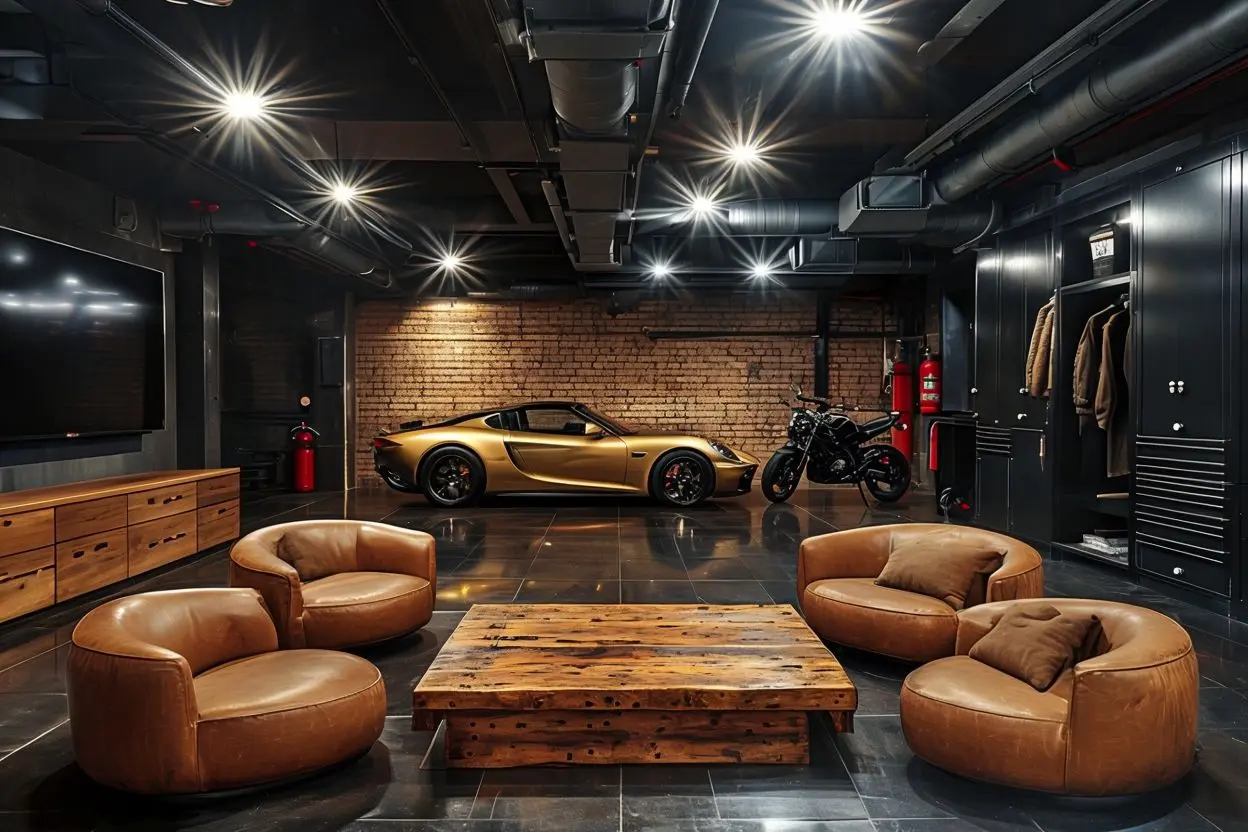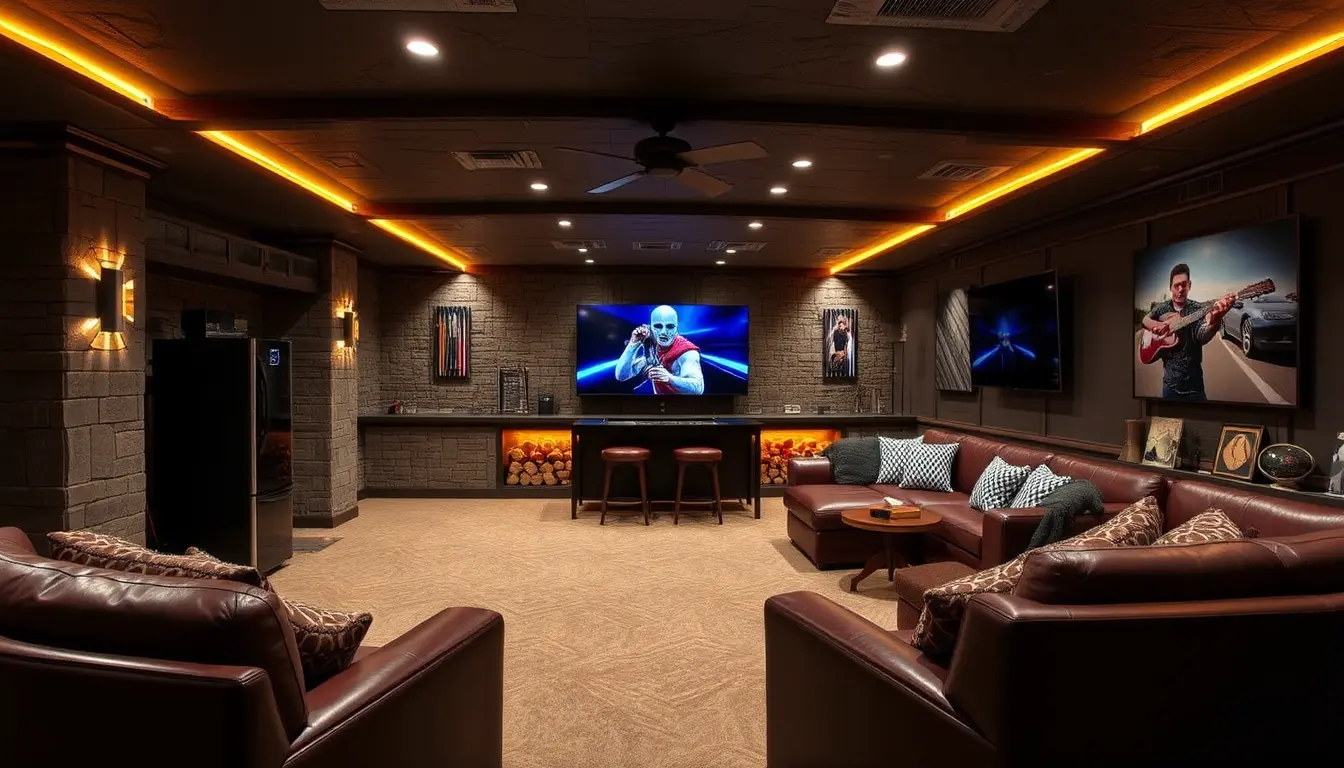The Role of Natural Light in Minimalist Design
Natural light is the foundation of any well-designed minimalist space. That’s where minimalist lighting comes in. I learned this lesson the hard way in my first apartment, where heavy curtains and bulky furniture blocked most of the daylight. Once I embraced natural light, everything changed. Start by taking a good look at your windows – they’re like nature’s spotlight for your home!
I always tell my clients to think of window treatments as picture frames for natural light. Instead of heavy drapes, try simple roller blinds or sheer curtains that can filter light without blocking it completely. In my living room, I use white linen curtains that diffuse harsh sunlight while maintaining that bright, airy feel throughout the day.
Here’s what I’ve learned about maximizing natural light:
– South-facing windows need adjustable shading to manage heat and glare
– East and west windows benefit from layered window treatments for varying light conditions
– North-facing windows should have minimal obstruction to maximize available light
– Consider installing clerestory windows or skylights in darker areas
A pro tip I’ve learned: arrange your furniture to maximize natural light flow. Pull larger pieces away from windows and use mirrors strategically to bounce light into darker corners. I once helped a client transform their dark dining room simply by placing a large mirror opposite their window – it doubled the natural light in the space!
Another game-changing technique I’ve discovered is using reflective surfaces strategically. Light-colored, glossy floor tiles near windows can help bounce light deeper into a room. I recently worked with a client whose narrow hallway felt like a cave until we installed a series of small mirrors along one wall and painted the opposite wall bright white. The transformation was incredible!
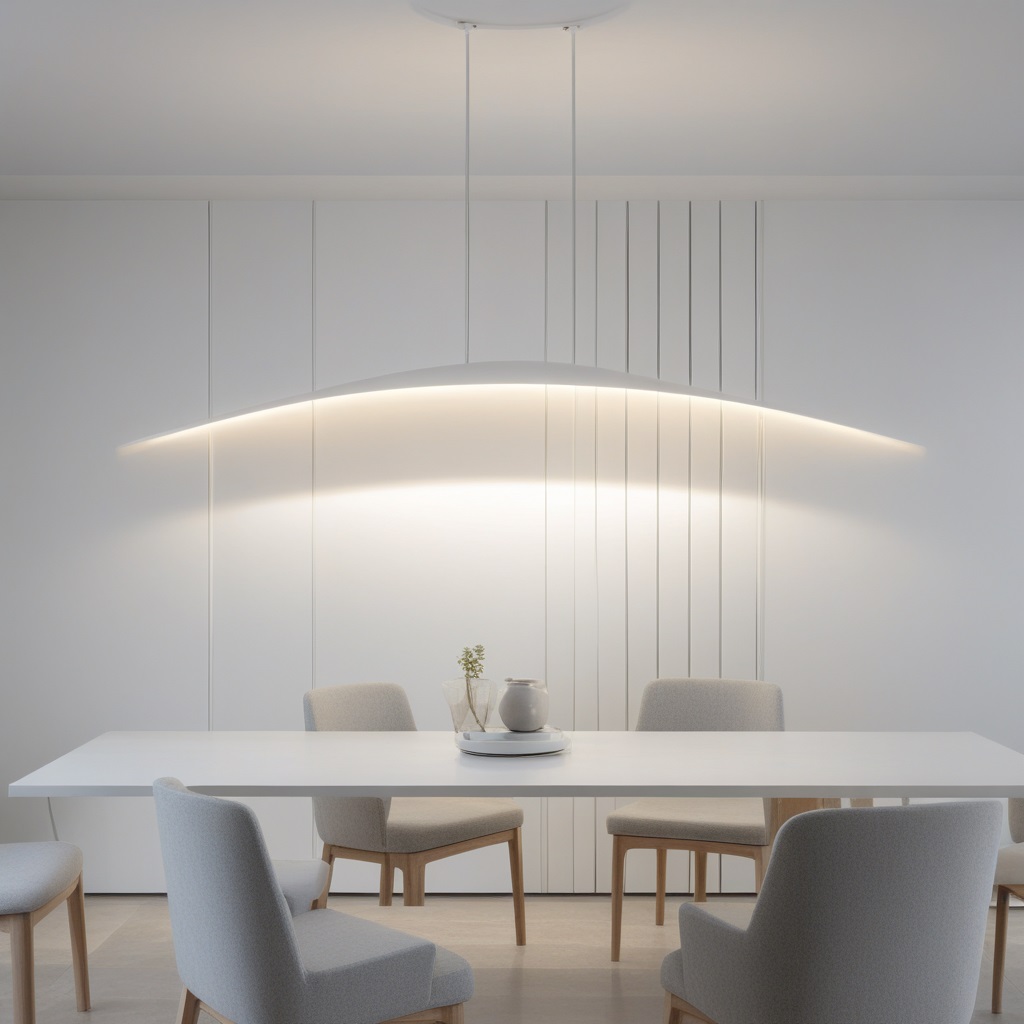
Choosing Minimalist Light Fixtures for Different Spaces
When it comes to light fixtures, less is more – but that doesn’t mean boring! I look for fixtures that act like jewelry for the room: they should enhance the space without overwhelming it. After years of experimenting, I’ve developed a comprehensive guide for each room:
Living Room:
– A simple floor lamp with adjustable height (look for slim profiles and neutral finishes)
– Wall sconces that create gentle uplighting (I prefer those with adjustable arms)
– A statement pendant light if you have high ceilings (focus on geometric shapes)
– Hidden LED strips behind media units for an ambient glow
– Under-cabinet LED strips for task lighting (make sure they’re dimmable)
– A minimal pendant light over dining areas (I love thin-wire designs)
– Recessed lights for overall brightness (placed strategically over work areas)
– In-cabinet lighting for glass-front cabinets
– Toe-kick lighting for nighttime navigation
– Simple bedside wall-mounted lights (adjustable arms are a must)
– A gentle ceiling fixture for ambient light (dimmable and warm-toned)
– A small desk lamp if you have a reading nook
– Strip lighting under the bed for subtle night lighting
– Motion-sensor night lights in attached bathrooms
Home Office:
– Adjustable task lighting for the desk (look for color temperature control)
– Indirect lighting to reduce screen glare
– Natural-spectrum bulbs to maintain energy levels
The key is choosing fixtures that blend seamlessly with your space. I recently helped a client select a beautiful arc floor lamp for their living room – it provides perfect reading light while maintaining clean lines that complement their minimalist aesthetic. We also installed a smart dimmer system that lets them adjust the light levels throughout the day.
Layering Light Sources for Ambiance and Functionality
Think of lighting like a cake – you need different layers to make it work! I always start with ambient lighting (your main light source), add task lighting for specific activities, and finish with accent lighting to highlight special features or create a mood.
Here’s my foolproof formula for layering light:
1. Start with overhead lighting for general illumination
– Recessed lights on dimmer switches
– Simple ceiling fixtures in smaller spaces
– Track lighting for flexible direction
2. Add task lighting where you need it
– Desk lamps with adjustable arms
– Under-cabinet lights in kitchens
– Reading lights near seating areas
– Vanity lighting in bathrooms
3. Finish with accent lighting
– Small up lights for plants or artwork
– LED strips for a subtle glow
– Picture lights for gallery walls
– Niche lighting for architectural features
I recently worked on a project where we transformed a dark apartment into a bright, welcoming space using this layering technique. We started with new recessed lighting on dimmer switches, added task lighting for the client’s home office and kitchen prep areas, and finished with subtle LED strips under floating shelves. The result was a space that felt both functional and serene.
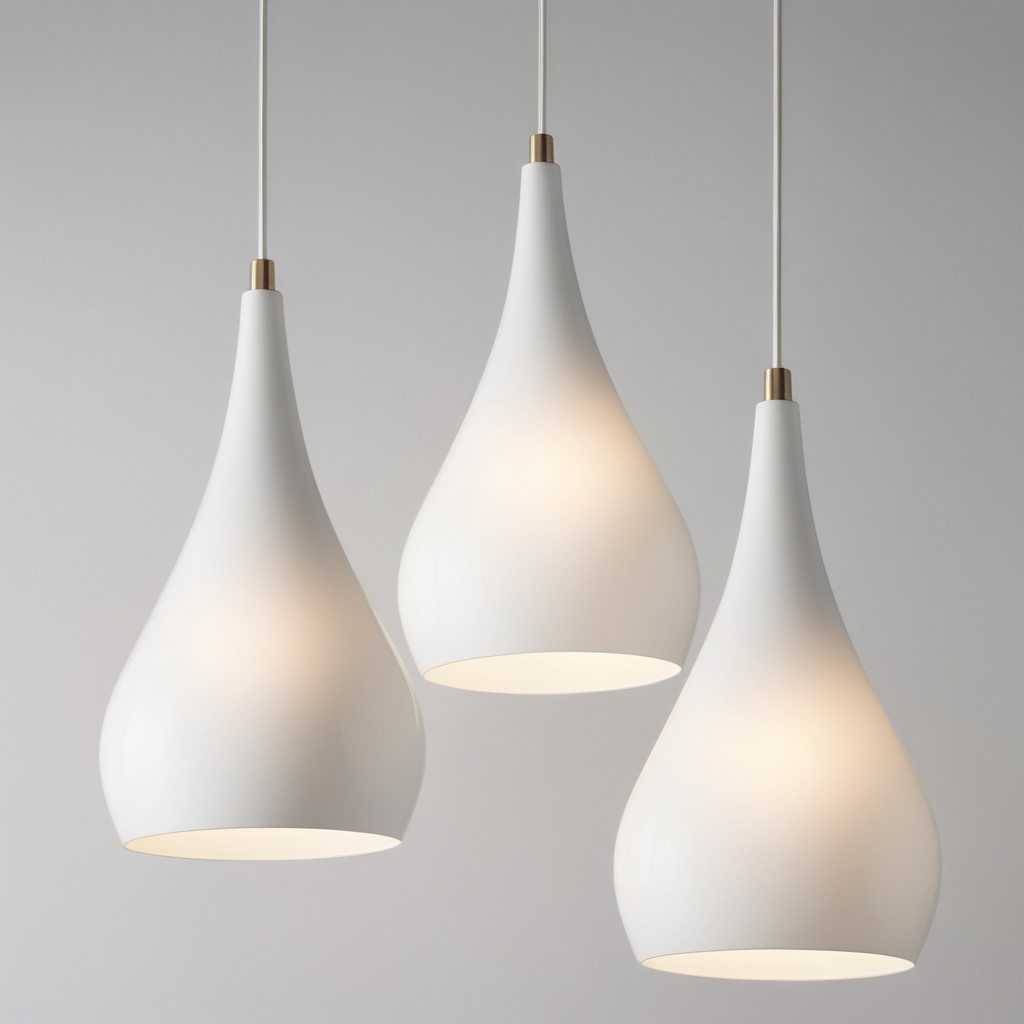
Smart Lighting Solutions for a Modern Minimalist Home
I used to think smart lighting was just a fancy gimmick – until I installed it in my own home! Now, I can’t imagine going back. Smart lighting helps maintain minimalism by reducing the need for multiple switches and controls. Plus, it lets you create different moods without adding extra fixtures.
Here are some smart lighting features I love:
– Motion sensors for hallways and bathrooms
– Automated schedules that adjust with sunrise and sunset
– Voice-controlled dimming for hands-free adjustment
– Color temperature changes to match your daily rhythm
– Geofencing to turn lights on when you arrive home
– Scene settings for different activities (work, relaxation, entertainment)
– Energy monitoring to optimize usage
– Integration with other smart home features
One of my favorite success stories is about a client who struggled with seasonal depression. We installed smart bulbs that automatically adjusted their color temperature throughout the day, mimicking natural light patterns. It made such a difference in their mood and energy levels! We programmed their lights to gradually brighten in the morning, maintaining energizing cool light during work hours, and then transition to warmer, softer light in the evening.
I’ve also found that smart lighting can be incredibly practical. In my own home, I’ve set up pathways of subtle lighting that automatically activate when I get up at night – just enough light to see by without fully waking up. And for my elderly clients, we often program lights to turn on automatically at sunset and off at bedtime, making their homes safer and more comfortable.
Remember, good lighting isn’t about having the most expensive fixtures or the latest technology. It’s about creating a space that works with your lifestyle while maintaining that clean, minimalist aesthetic. Start with natural light as your foundation, choose simple but functional fixtures, layer your light sources thoughtfully, and consider smart solutions where they make sense.
The goal is to create a home that feels peaceful and purposeful, where every light source serves a specific function while contributing to the overall harmony of your space.
